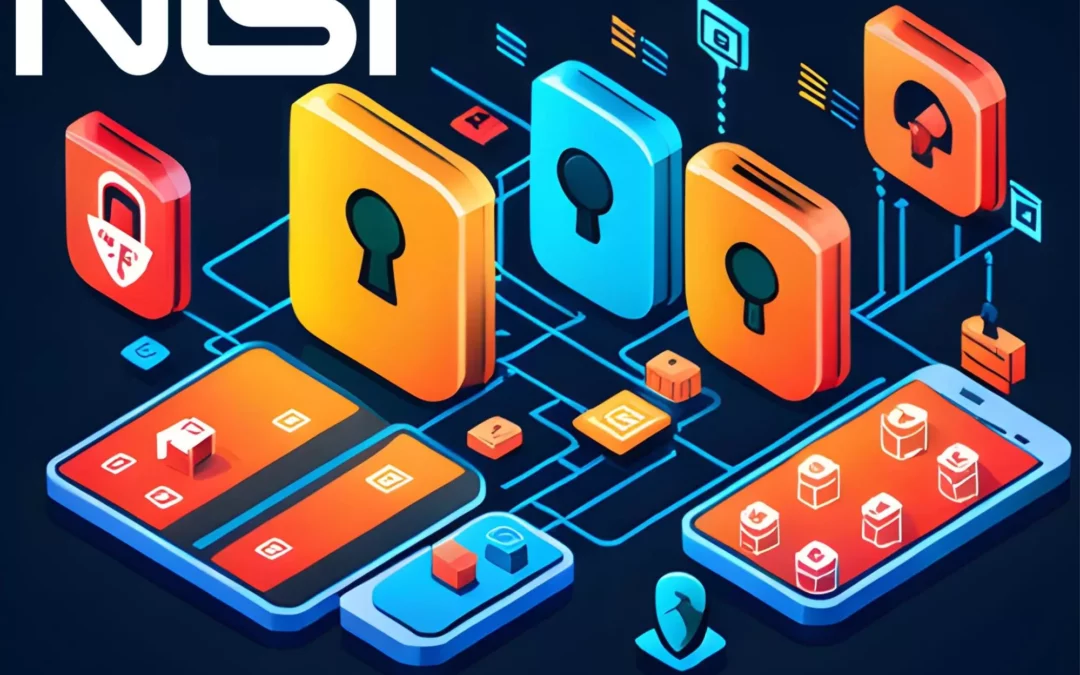No one wants to end up in a headline about a cybersecurity event, which is why countries all over the world are adopting the National Institute of Standards and Technology (NIST) Cybersecurity Framework (CSF)NIST CSF is popular because it is:
- Developed, backed, and recognized by the U.S. government
- Created in collaboration with industry experts and private organizations
- Designed for flexibility and adaptability in its implementation
The NIST CSF is highly focused on risk management, not on enforcing regulatory compliance that may result in exorbitant fines. Successfully employing the CSF demonstrates a commitment to strengthening cybersecurity practices and continuous improvement. Because the CSF aligns with other best practices and programs, like ISO 27001 and COBIT (Control Objectives for Information and Related Technology), it can enhance existing practices and processes without requiring additional resources.
NIST Cybersecurity Framework (CSF)
- The NIST CSF is a comprehensive set of standards and best practices designed to enhance an organization’s cybersecurity posture. It is a flexible framework that organizations can customize to meet their unique needs and risk landscape. Despite being developed within the U.S. Department of Commerce, they designed it for broad adoption, not just federal agencies.
The framework consists of three main components:- Core
- Implementation tiers
- Profiles
Core Component
- Identify: Understand assets, systems, and potential vulnerabilities
- Protect: Implement access controls, encryption, and employee training
- Detect: Develop capabilities to identify information security threat events
- Respond: Quickly act upon detected events, shut them down, and pursue resolution
- Recover: Mitigate the impact of the incident and move back to normal operations
These five functions provide enough structure for companies of all sizes to develop and implement meaningful security practices.
Implementation Tiers
The NIST CSF offers Implementation Tiers to assess current cybersecurity practices and establish a roadmap for improvement. There are four tiers:
- Partial (Tier 1): Limited security measures that are largely reactive and ad-hoc with significant room for improvement
- Risk Informed (Tier 2): Some basic security and risk management measures are in place, though likely not used consistently
- Repeatable (Tier 3): Mature measures and policies are in place with defined security that can be monitored and measured
- Adaptive (Tier 4): The highest level of maturity with policies and processes in place that are robust and comprehensive
- Account Management: Implement strong account management practices to reduce the risk of unauthorized access
The NIST does not specifically prescribe requirements for each tier; rather, the requirements reflect an organization’s capability to manage and respond to the evolving nature of cyber threats. Each tier describes a general set of capabilities based on the five Core components. Because every organization is different, each organization’s alignment to these functions looks different.
Because implementation looks different for every company, they can use NIST compliance software, such as ComplianceCow, to implement, enforce, and report on alignment with NIST compliance standards.
Profiles
Profiles enable organizations to create a roadmap that reduces their cybersecurity risk. The profiles align with the organization’s specific goals, risk tolerances, and regulatory requirements. A profile represents the desired state of an organization’s cybersecurity measures. By creating a profile, organizations can prioritize and focus their efforts, ensuring that their cybersecurity program meets their unique needs.
NIST Cyber Security Standards
The CSF contains practices based on a set of NIST cybersecurity standards, such as:
- Publication (SP) 800-53 on security and privacy controls for federal government information systems and organizations
- SP 800-171 on protecting Controlled Unclassified Information (CUI) in non-federal systems and organizations
- SP 800-30 on conducting risk assessments for organizations
- SP 800-37 which provides a risk management framework for information systems
- SP 800-61 which offers guidance on incident response planning and handling cybersecurity incidents
These are just a few examples of the cybersecurity standards developed by NIST. The entire SP 800 publication is available online.
By utilizing sub-controls, organizations can navigate the implementation process more effectively, ensuring that they cover all necessary aspects of each control. Sub-controls help organizations to ensure consistency and completeness in their implementation efforts, making it easier to measure progress and assess the effectiveness of their cybersecurity measures.
Benefits of NIST CSF Compliance
Complying with the NIST CSF offers numerous benefits for organizations:
- Effective Risk Management: Identify vulnerabilities and implement appropriate security controls to reduce the likelihood and impact of potential cyber incidents
- Regulatory Compliance: Regulatory bodies widely recognize and reference the NIST CSF, which means that compliance with the framework can help organizations meet regulatory requirements
- Improved Incident Response and Recovery Planning: Developing robust incident response and recovery plans helps organizations enhance their ability to detect, respond to, and recover from cybersecurity incidents
- Strengthened Security Controls: The framework provides guidance on implementing effective security controls, such as access controls, encryption, and monitoring systems and can better protect assets, systems, and sensitive information
- Enhanced Collaboration: The NIST CSF promotes collaboration and communication between different stakeholders, fostering a culture of cybersecurity awareness and cooperation
NIST CSF 2.0
In January 2023, NIST announced upcoming changes to the CSF for what’s currently known as CSF 2.0. There will be changes to terminology and scope; an increase in international collaboration, tooling, and modernization; and improved relation to other NIST standards and frameworks.
CSF 2.0 is currently slated for release in early 2024, with an initial draft coming in the summer of 2023.
Get Started with NIST CSF
The NIST Cybersecurity Framework offers a comprehensive approach to effectively managing cybersecurity risks. Adopting the framework’s guidelines can enhance an organization’s security controls, improve incident response and recovery planning, and mitigate cyber threats.
